Description
Overview
Inconel 718 is a Gamma Prime strengthened alloy with excellent mechanical properties at elevated temperatures, as well as cryogenic temperatures. Suitable for temperatures upto around 1300 F. Can be readily worked and age hardened.
Excellent strength from -423 degrees F to 1300 degrees F (-253 degrees C to 705 degrees C). Age hardenable and may be welded in fully aged condition, Excellent oxidation resistance up to 1800 degrees F (980 degrees C). Typically sold in the solution annealed temper, but can be ordered aged, cold worked, or cold worked & aged.
Applications
Uses for Inconel 718 tend to be in the field of gas turbine components and cryogenic storage tanks. Jet engines, pump bodies and parts, rocket motors and thrust reversers, nuclear fuel element spacers, hot extrusion tooling. Other popular uses are high strength bolting, and down hole shafting.
Chemistry
Chemical Requirements |
|||||||
|---|---|---|---|---|---|---|---|
|
Ni |
Fe |
Mo |
Mn |
Si |
Cr |
C |
|
|
Max |
55.0 |
Bal |
3.30 |
0.35 |
0.35 |
21.0 |
0.08 |
|
Min |
50.0 |
|
2.80 |
|
|
17.0 |
|
Tensile Data
Mechanical Property Requirements |
|||||
|---|---|---|---|---|---|
|
Ultimate Tensile |
Yield Strength (0.2% OS) |
Elong. in 2 in. (50mm) or 4D min, % |
R/A |
Hardness Brinell |
|
|
Min |
185 KSi |
150 KSi |
12 |
15 |
331 |
|
Max |
|
|
|
|
|
|
Min |
1275 MPa |
1034 MPa |
|
|
|
|
Max |
|
|
|
|
|
Specifications
|
Form |
Standard |
|---|---|
|
Metal Type |
UNS N07718 |
|
Bar |
ASTM B637 AMS 5662 AMS 5663 AMS 5664 PWA 1009 PWA 1010 GE B50TF15 |
|
Wire |
AMS 5832 |
|
Sheet |
ASTM B670 AMS 5596 AMS 5597 PWA 1033 GE B50TF14 ASTM B670 ASTM B637 |
|
Plate |
ASTM B670 AMS 5596 AMS 5597 PWA 1033 GE B50TF15 ASTM B670 ASTM B637 |
|
Tube
|
AMS 5589 AMS 5590
|
|
Pipe
|
AMS 5589 AMS 5590
|
|
Fitting |
|
|
Forging |
ASTM B637 AMS 5562 AMS 5663 AMS 5664 PWA 1009 PWA 1010 GE B50TF15 |
|
Weld Wire |
A5.14 ERNiFeCr-2 |
|
Weld Electrode
|
|
|
Din |
2.4668 |
Machining
Machinability Ratings
Nickel & cobalt base corrosion, temperature and wear-resistant alloys, such as Inconel 718, are classified as moderate to difficult when machining, however, it should be emphasized that these alloys can be machined using conventional production methods at satisfactory rates. During machining these alloys work harden rapidly, generate high heat during cutting, weld to the cutting tool surface and offer high resistance to metal removal because of their high shear strengths. The following are key points which should be considered during machining operations:
CAPACITY – Machine should be rigid and overpowered as much as possible.
RIGIDITY – Work piece and tool should be held rigid. Minimize tool overhang.
TOOL SHARPNESS – Make sure tools are sharp at all times. Change to sharpened tools at regular intervals rather than out of necessity. A 0.015 inch wear land is considered a dull tool.
TOOLS – Use positive rake angle tools for most machining operations. Negative rake angle tools can be considered for intermittent cuts and heavy stock removal. Carbide-tipped tools are suggested for most applications. High speed tools can be used, with lower production rates, and are often recommended for intermittent cuts.
POSITIVE CUTS – Use heavy, constant, feeds to maintain positive cutting action. If feed slows and the tool dwells in the cut, work hardening occurs, tool life deteriorates and close tolerances are impossible.
LUBRICATION – lubricants are desirable, soluble oils are recommended especially when using carbide tooling. Detailed machining parameters are presented Tables 16 and17. General plasma cutting recommendations are presented in Table 18.
| Table 16 | |
|---|---|
| RECOMMENDED TOOL TYPES AND MACHINING CONDITIONS | |
| Operations | Carbide Tools |
| Roughing, with severe interruption | Turning or Facing C-2 and C-3 grade: Negative rake square insert, 45 degree SCEA1, 1/32 in. nose radius. Tool holder: 5 degree neg. back rake, 5 degree neg. side rake. Speed: 30-50 sfm, 0.004-0.008 in. feed, 0.150 in depth of cut. Dry2, oil3, or water-base coolant4. |
| Normal roughing | Turning or Facing C-2 or C-3 grade: Negative rate square insert, 45 degree SCEA, 1/32 in nose radius. Tool holder: 5 degree neg. back rake, 5 degree neg. side rake. Speed: 90 sfm depending on rigidity of set up, 0.010 in. feed, 0.150 in. depth of cut. Dry, oil, or water-base coolant. |
| Finishing | Turning or Facing C-2 or C-3 grade: Positive rake square insert, if possible, 45 degree SCEA, 1/32 in. nose radius. Tool holder: 5 degree pos. back rake, 5 degree pos. side rake. Speed: 95-110 sfm, 0.005-0.007 in. feed, 0.040 in. depth of cut. Dry or water-base coolant. |
| Rough Boring | C-2 or C-3 grade: If insert type boring bar, use standard positive rake tools with largest possible SCEA and 1/16 in. nose radius. If brazed tool bar, grind 0 degree back rake, 10 degree pos. side rake, 1/32 in. nose radius and largest possible SCEA. Speed: 70 sfm depending on the rigidity of setup, 0.005-0.008 in. feed, 1/8 in. depth of cut. Dry, oil or water-base coolant. |
| Finish Boring | C-2 or C-3 grade: Use standard positive rake tools on insert type bars. Grind brazed tools as for finish turning and facing except back rake may be best at 0 degrees. Speed: 95-110 sfm, 0.002-0.004 in feed. Water-base coolant. |
| Notes: | |
| 1 SCEA – Side cutting edge angle or lead angle of the tool.2 At any point where dry cutting is recommended, an air jet directed on the tool may provide substantial tool life increases. A water-base coolant mist may also be effective.
3 Oil coolant should be premium quality, sulfochlorinated oil with extreme pressure additives. A viscosity at 100 degrees F from 50 to 125 SSU. 4 Water-base coolant should be premium quality, sulfochlorinated water soluble oil or chemical emulsion with extreme pressure additives. Dilute with water to make 15:1 mix. Water-base coolant may cause chipping and rapid failure of carbide tools in interrupted cuts. |
|
| Table 17 | |
|---|---|
| RECOMMENDED TOOL TYPES AND MACHINING CONDITIONS | |
| Operations | Carbide Tools |
| Facing Milling | Carbide not generally successful, C- grade may work. Use positive axial and radial rake, 45 degree corner angle, 10 degree relief angle. Speed: 50-60 sfm. Feed: 0.005-0.008 in. Oil or waterbase coolants will reduce thermal shock damage of carbide cutter teeth. |
| End Milling | Not recommended , but C-2 grades may be successful on good setups. Use positive rake. Speed: 50-60 sfm. Feed: Same as high speed steel. Oil or water-base coolants will reduce thermal shock damage. |
| Drilling | C-2 grade not recommended, but tipped drills may be successful on rigid setup if no great depth. The web must thinned to reduce thrust. Use 135 degree included angle on point. Gun drill can be used. Speed: 50 sfm. Oil or water-base coolant. Coolant-feed carbide tipped drills may be economical in some setups. |
| Reaming | C-2 or C-3 grade: Tipped reamers recommended, solid carbide reamers require vary good setup. Tool geometry same as high speed steel. Speed: 50 sfm. Feed: Same as high speed steel. |
| Tapping | Not recommended, machine threads, or roll-form them. |
| Electrical Discharge Machining | The alloys can be easily cut using any conventional electrical discharge machining system (EDM) or wire (EDM). |
| Notes: | |
| 5 M-40 series High Speed Steels include M-41 , M-42, M-43, M-44, M-45 and M-46 at the time of writing. Others may be added and should be equally suitable.6 Oil coolant should be a premium quality, sulfochlorinated oil with extreme pressure additives. A viscosity at 100 degree F from 50 to 125 SSU.
7 Water-base coolant should be premium quality, sulfochlorinated water soluble oil or chemical emulsion with extreme pressure additives. Dilute with water to make 15:1 mix. |
|
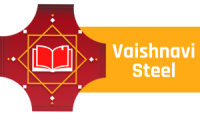
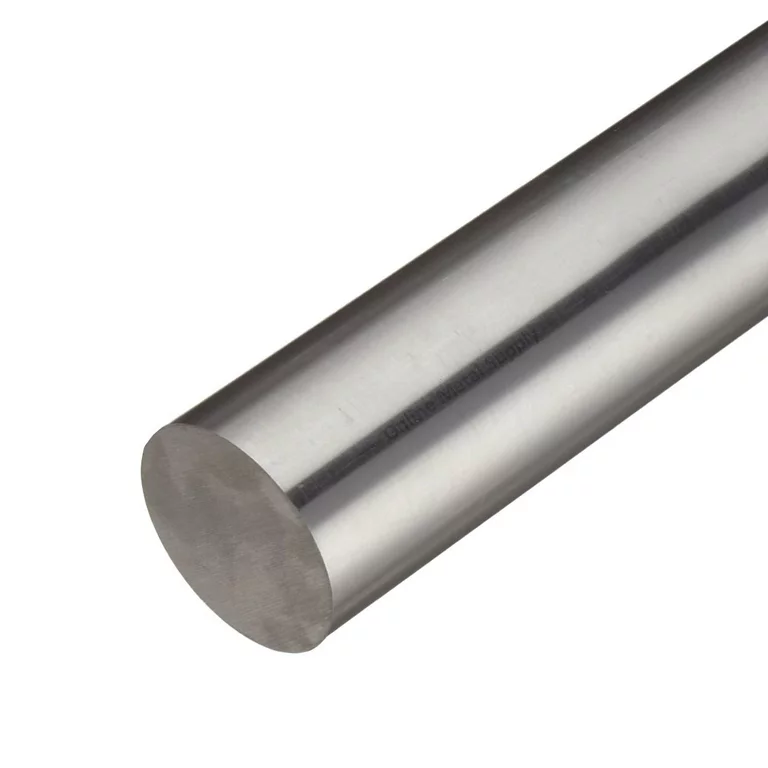
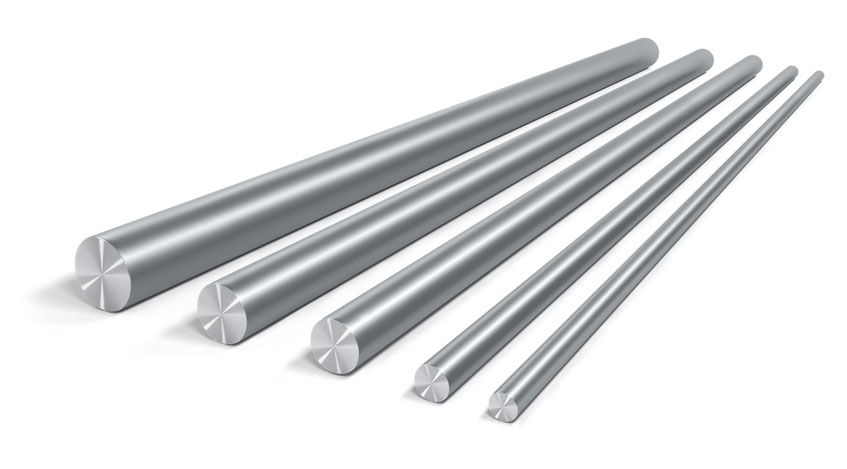
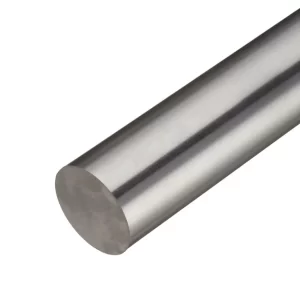
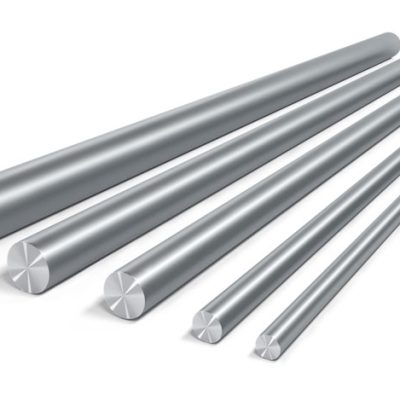
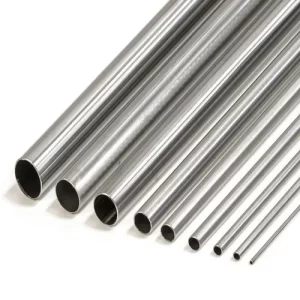
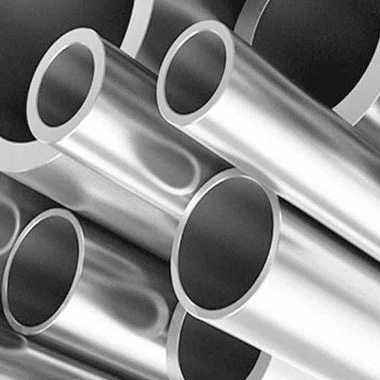
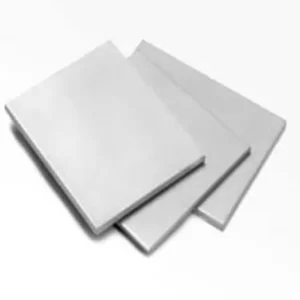
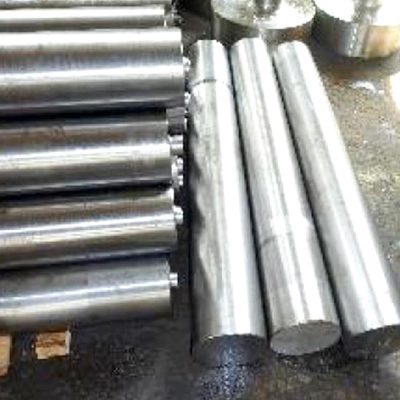
Reviews
There are no reviews yet.